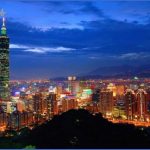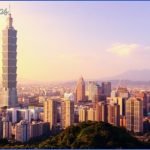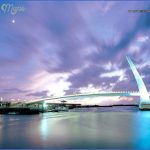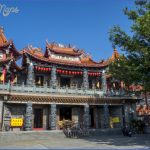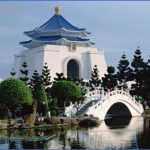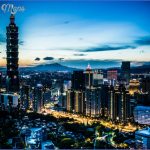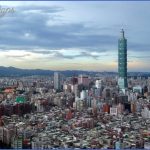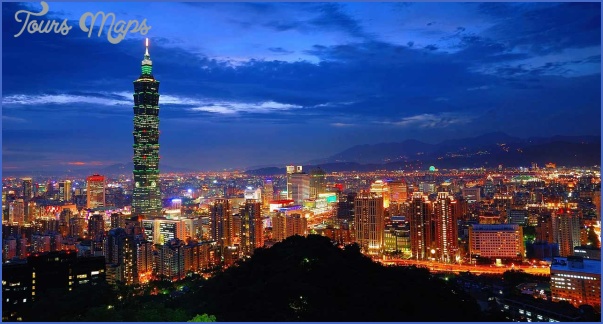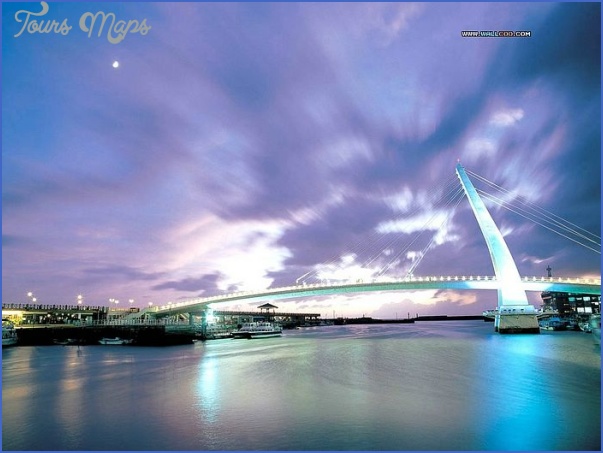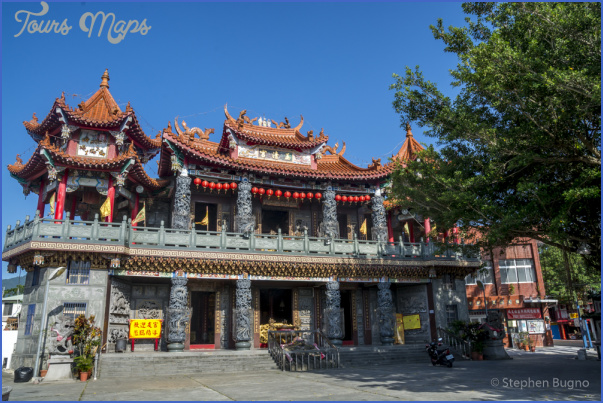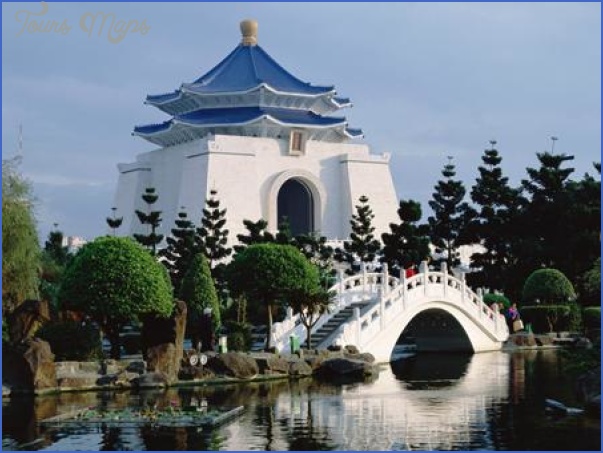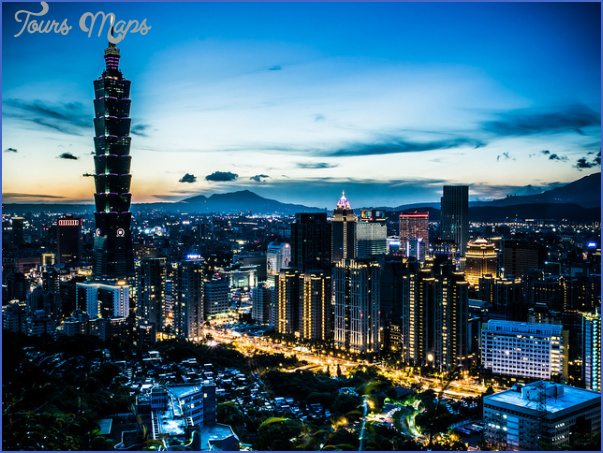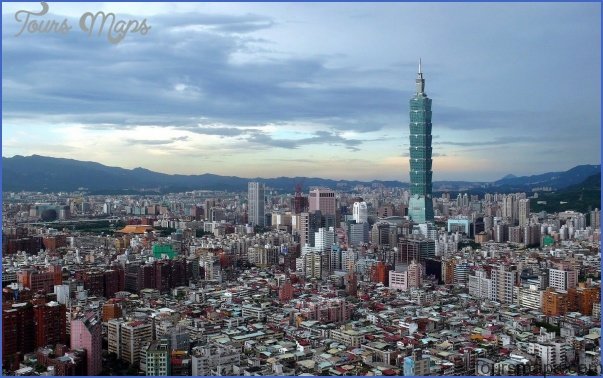The fierce south-west monsoons are the main reason for the heavy rainfall figures. Most ofthe rain (up to well over 300mm/12in. per month!) falls in the months of June and July. In summer atmospheric humidity reaches 80%. On the other hand, it becomes very dry in late autumn and winter, especially in the south-west ofthe island. Taiwan is often the victim of raging typhoons during the typhoon season from July to October.
As a result ofthe prevailing climatic conditions plant life on Taiwan varies considerably, but can roughly be allocated to four different altitude levels. The lowest level is where forests of evergreen laurel trees flourish. This is followed by mixed forests of many different species found on land as high as 2600m/8500ft above sea-level. The mountain slopes are covered by coniferous forests, while on the highest peaks (over 3600m/12,000ft) only grass and pulvinate succulents can survive. At present some 60% of Taiwan is wooded, some of which is mangrove forest. About a third is utilis-able arable land (especially in the west, where some land is irrigated), the main crops being rice, sugar-cane and tea.
Ever since settlers first set foot on Taiwan its native animal population has been gradually decimated and seriously so in recent years. In the more remote forests, however, one can still find such animals as wild boar, deer, wild cats and monkeys (macaques). Mention should also be made of the many species of butterflies.
With a population of some 21 million – mainly Han Chinese, together with 338,000 Gaochans (an ancient Malay-Polynesian people) and small foreign minorities – and an average density of 580 inhabitants per square kilometre/1500 per square mile (somewhat more on the coastal plains in the west). Taiwan is Th times more densely populated than the United Kingdom, for example. After the Communists gained power in China in 1949 the size of Taiwan’s population increased considerably when hundreds of thousands of mainland Chinese sought refuge here; the number of births also now far exceeds the number of deaths. A glance at the statistics produced by the capital Taipei will give an indication ofthe way the population has increased. Shortly after the Second World War about 400,000 people lived in the city; by 1993thisfigure had increased more than sixfold! At present the annual growth rate is 1-1%, average life expectancy is 74 years and the urban population accounts for more than 50% of the total.
The official language of Taiwan is Mandarin Chinese, but colloquially a number of Chinese dialects are spoken, especially Amoy or South Fukien and Hakka. English is the main commercial language. Many older Taiwanese also speak Japanese.
The two main religions are Buddhism and Taoism. There is also a sizeable Christian minority as well as small numbers of Moslems and Animists.
Educational standards are comparatively high. Since 1968 all children between the ages of six and fifteen must attend school. It is therefore not surprising that the number of illiterates almost halved between 1970 and 1981; today only 7% of the population cannot read and write.
The needs of those seeking higher education are served by technical colleges, grammar schools and universities.
On March 1st 1950 Chiang Kai-shek proclaimed the Republic of China on Taiwan, based on the Constitution of 1947 (revised many times, the last revision being in 1992). The Republic sees itself as the legitimate successor to the first National Chinese Republic set up by Sun-Yat-sen in 1912, and regards Taipei as the provisional capital of the whole of China.
The highest governing body is the National Assembly, with the President as head of state. The Executive Yuan is responsible for internal and foreign policy, with its president acting as prime minister; it is supervised by the
Travel to Taiwan Photo Gallery
Maybe You Like Them Too
- The Best Cities To Visit in The World
- World’s 10 Best Places To Visit
- Coolest Countries in the World to Visit
- Travel to Santorini, Greece
- Map of Barbados – Holiday in Barbados

